The state and prospects of the armed forces of Great Britain
The British Armed Forces are often referred to as "the best small army in the world." They have a limited number and experience difficulties with modern equipment, but they are highly trained and combat-ready. With all this, the British army is faced with a number of characteristic problems, for the solution of which certain measures are proposed.
General indicators
At the moment, the UK has a full-fledged armed forces with all the necessary types and types of troops. There are ground, air and sea components. Limited strategic forces, special operations forces, space troops, etc. are also serving. Full integration with NATO is envisaged, thanks to which the British army can interact with foreign formations.
In terms of numbers, the British armed forces outnumber most European armies. According to The Military Balance 2022, more than 152 people are in active service. The reserve is estimated at 75 thousand people.
To maintain such an army in FY2022. allocated 53,4 billion pounds. At the same time, over the past few years, there has been a constant increase in the military budget, which is used both to improve the conditions of service and for the gradual rearmament and re-equipment.
According to various estimates, the British army as a whole has a high potential and combat capability. Thus, the Global Firepower study gives it a score of 0.1382 and assigns it 8th place in the world or 2nd place among Western European states. Within Europe, Great Britain is ahead of Italy, Germany, etc., second only to France.
For special tasks
Great Britain is a nuclear power, but the strategic nuclear forces are represented only by the maritime component. The Royal Navy has only four Vanguard-class strategic missile carriers, each carrying 16 Trident II D-5 missiles. The total number of missiles is only 48 units, which allows only three SSBNs out of four available to be fully armed. The number of warheads does not exceed 150-160 units.
The Royal Air Force has the only object of the missile warning system. This is an American-designed AN / FPS-132 radar located at Fylingdales Air Force Base.
Special operations forces of unknown numbers are assigned to solve special tasks. At the moment, they include three regiments for various purposes - SAS, SBS and intelligence, as well as auxiliary units. They have infantry at their disposal. weapon and special equipment, as well as various ground equipment and watercraft.
Land Capabilities
The most numerous type of armed forces is traditionally the ground forces - about 81-82 thousand people, not counting the reserve of about 26 thousand people. The reforms of the last decades have led to a reduction in the organizational and staffing structure, the total number and quality indicators of the troops. If necessary, it is possible to increase the number of existing units and formations, as well as create new ones.
The ground forces have only one tank division. It consists of three tank brigades, an artillery brigade and several separate regiments for various purposes. There is also one infantry division with five brigades of different composition and auxiliary units. In addition, the ground forces include two separate infantry brigades, two separate battalions and various support units.
The army has a fairly large number of armored fighting vehicles, but the potential of such a fleet is limited. So, in combat units there are only 227 Challenger 2 tanks. The number of infantry fighting vehicles of all models, including the latest ones, does not reach 400 units. There are twice as many armored personnel carriers and armored vehicles.
The total number of artillery systems is less than 600 units. There are less than 90 AS-90 self-propelled guns and more than 110 towed guns. Rocket artillery is represented by a total of 35 M270 combat vehicles. Also, the ground forces are reinforced with Exactor-2, Javelin and NLAW missile systems. Military air defense is built on Stormer, Rapier, Starstreak and Land Ceptor systems.
Royal Navy
The CVMF of Great Britain is not distinguished by its large size and strength. It serves approx. 34 thousand people At the same time, there are submarine and surface forces, marines and their own aviation. It is believed that the current composition of the CVMF as a whole corresponds to the tasks set.
The submarine force has only 10 nuclear submarines. These are 4 strategic SSBNs and 6 multi-purpose ships of two types. part of it fleet goes on patrol regularly.
A second aircraft carrier has recently been accepted into the surface fleet. There are also six Type 45 destroyers in two versions with different equipment and capabilities. The most numerous are Type 23 frigates - 12 units. in two versions. To support the activities of the Marine Corps, there are two landing ships of the Albion type. Also, the CVMF has a large number of different boats, transport ships, etc.
Marine Corps numbering 6,6 thousand people. consolidated into one brigade and several auxiliary units. The Marines have a hundred BvS-10 Mk2 Viking transporters, 40 105mm towed guns, MANPADS and ATGMs.
Naval aviation includes five patrol squadrons and several training units. Combat squadrons are equipped with AW101 and AW159 helicopters with search equipment and anti-submarine weapons.
Air component
In terms of the number of personnel, the KVVS is slightly inferior to the KVMF. As part of this type of troops, there are combat and auxiliary units, equipped with a variety of aviation equipment. With all the restrictions associated with the number, the KVVS are capable of solving a wide range of tasks.
The KVVS includes two fighter and six fighter-bomber squadrons on Typhoon aircraft of various modifications and F-35. The total number of such aircraft is approx. 165 units Two more combat squadrons are armed with MQ-9A UAVs. There is also one squadron with 8 P-8A patrol aircraft. Reconnaissance, radar surveillance and control are carried out by three squadrons equipped with appropriate equipment.
In addition, the KVVS has two squadrons of A330 tankers. Transport tasks are solved by five squadrons with aircraft of different types and classes. More than a dozen squadrons with different materiel have been formed to train flight crews.
In order to simplify the operation and use in the armed forces, the Unified Helicopter Command was previously created. The corresponding units of the KVVS, KVMF and army aviation were transferred to his subordination. At the moment, the command manages one army brigade, which has about 110 combat and transport-combat helicopters of various types, three combat and auxiliary naval squadrons and six similar units of the KVVS. The total number of helicopters is more than 250 units.
Benefits and Challenges
In recent decades, the British armed forces have repeatedly participated in various wars and operations. At the same time, it was mainly about local conflicts of low intensity with specific requirements for participants. Under such conditions, the British army coped with the assigned tasks and showed good results.
At the same time, doubts and fears arose. It was assumed that the army in its current form would not be able to operate effectively in a larger conflict. In the future, due to the deterioration of the international situation and the emergence of rhetoric about the "Russian threat", the relevance of such issues has grown.
In recent years, various measures have been proposed to increase combat capability, upgrade equipment, etc. Thus, a plan for the development of the armed forces for the twenties was developed, and the improvement of the organizational and staffing structure began. In addition, they launched the purchase of new types of weapons and began projects for the modernization of existing ones.
However, to date, only a part of the desired results have been achieved, and the overall performance of the armed forces has not changed much. In addition, in recent months, the British authorities have decided to give away some of the weapons and equipment of their army to their Ukrainian partners. This became an additional negative factor.
Right now, new proposals are being made to modernize the army, increase the size and improve equipment, increase all key indicators, etc. However, so far these are only proposals that have not yet been turned into real programs. In addition, the feasibility and feasibility of implementing such programs is now in question. The UK is facing a major economic and political crisis. Whether they will find opportunities for updating the army in such a situation is a big question.
Development in question
The British Armed Forces claim to be the "best small army" in the world. In accordance with current development plans, they should have a limited number, but at the same time show high efficiency. At the same time, as practice shows, the course to reduce quantitative indicators has led to qualitative limitations. And even interaction with other NATO countries does not fundamentally change this situation.
Now London plans to correct the mistakes of the recent past and build up the army in accordance with the current situation. The most ambitious plans are proposed that can really change the situation. However, the current situation is not conducive to such planning. And even the preservation of the title of "the best small army" is no longer guaranteed.
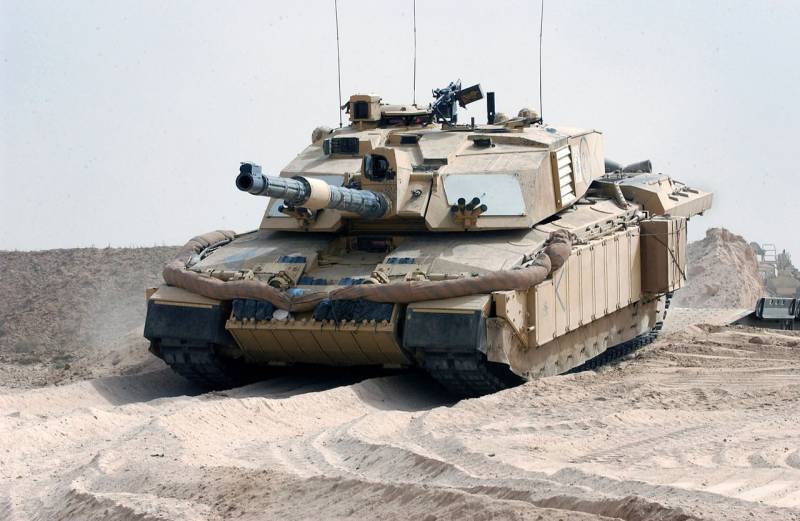
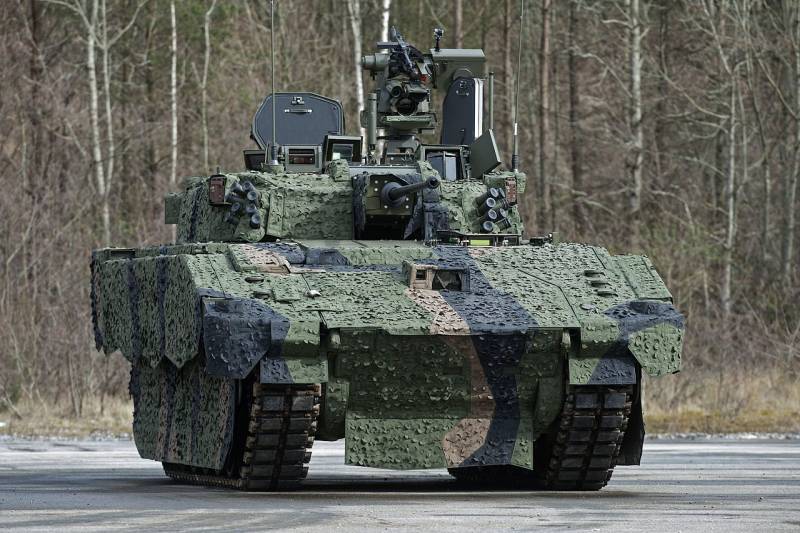
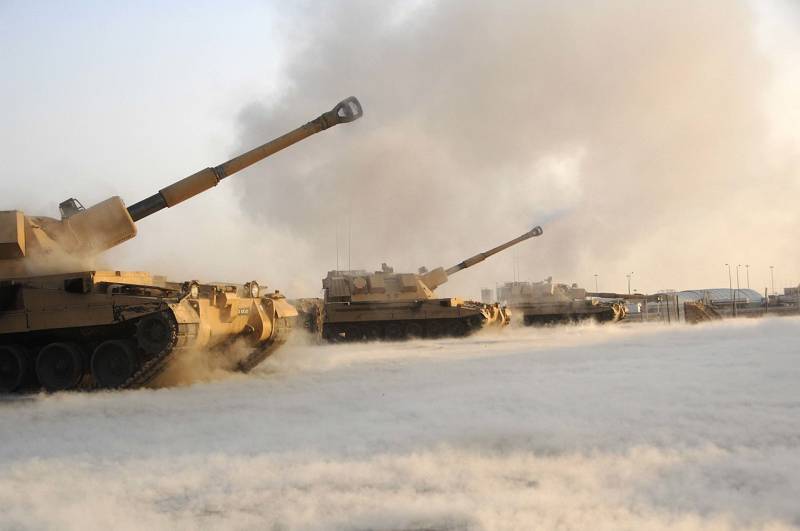
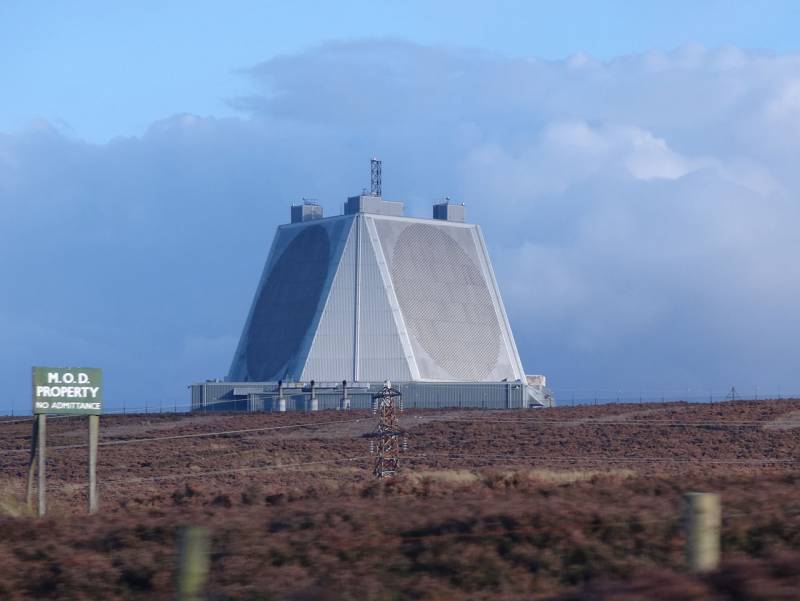
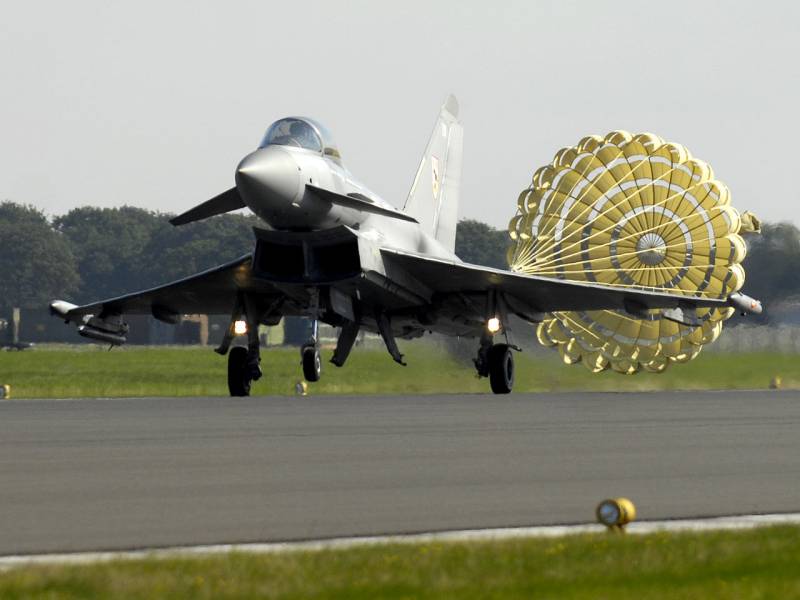
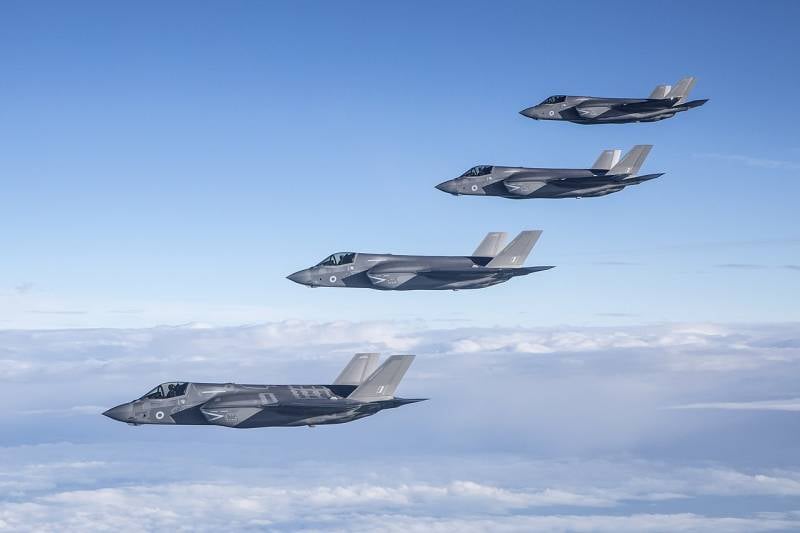
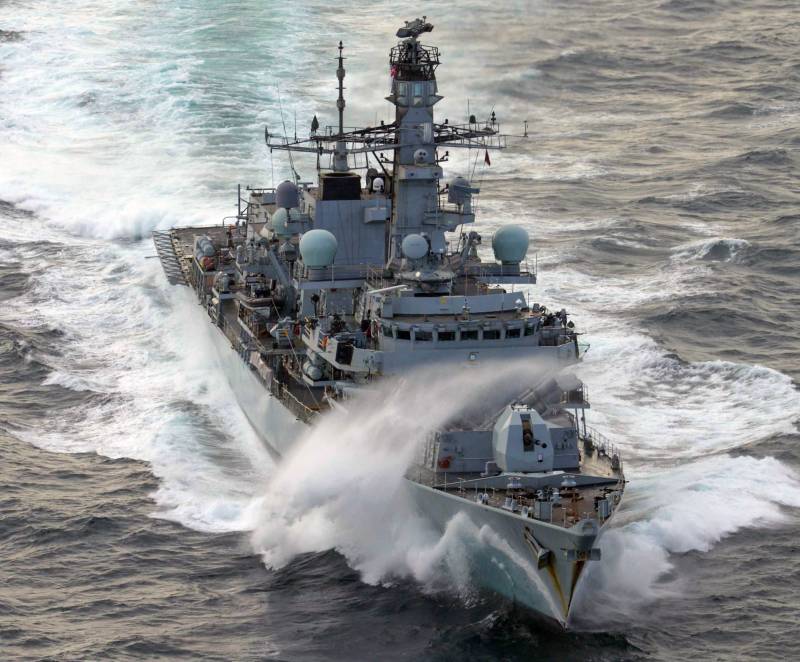
Information